To start at the beginning, it’s allowed to fly a drone in the Netherlands, YES! However, is heavily regulated by the government. To be exact it’s regulated by the department: The Human Environment and Transport which is part of the Ministry of Infrastructure and Water management. In Dutch, the department is called the IL&T. For using a drone, officially called RPAS, ‘Remotely Piloted Aircraft System’, the Netherlands used to make a clear distinction between recreational and commercial drone flights. Now with the new European drone regulations, this is divided into more risk-based categories. The OPEN, The Specific and certified category. On this page, you can read everything about the Dutch and European drone regulations and laws in 2022
In general, flying a drone in the Netherlands in 2023 is allowed. The regulations for drones are in 2023 following the European drone regulations of the EASA. The idea was that every European country would have the same regulations but unfortunately, every country still has its own drone laws. in the Netherlands these are made by IL&T. Check their website and also definitely check the government website for foreigners who want to fly their drone in the Netherlands at: https://www.government.nl/topics/drone/rules-pertaining-to-recreational-use-of-drones
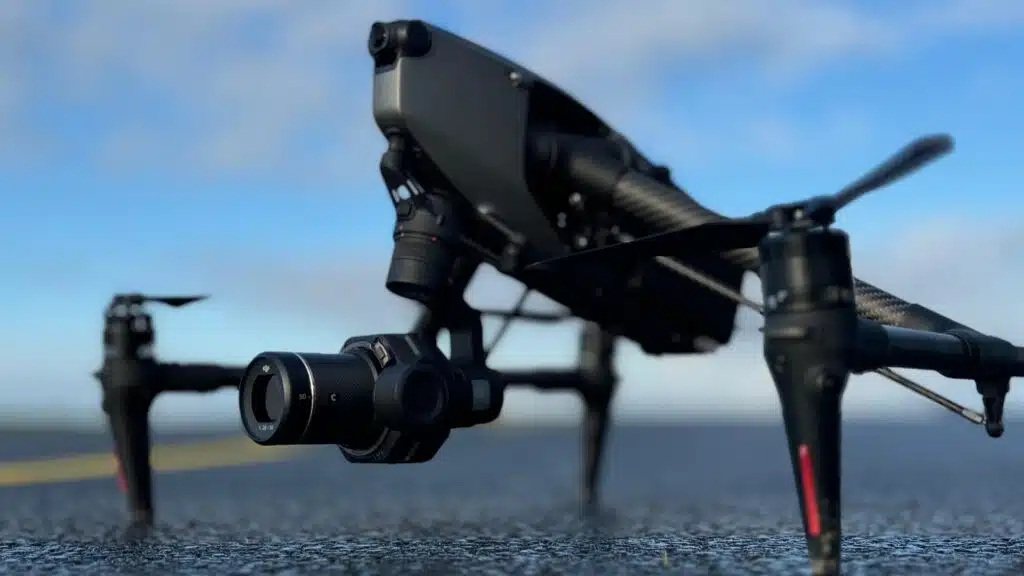
Ae you looking for a professional and fully certified Dutch drone company? let us know. We have all the needed equipment and knowledge of the Dutch drone laws to get you legal Dutch drone footage. As we are a fully ROC certified drone company we can even get you drone footage from city center Amsterdam, Rotterdam or the National Rotterdam harbor.
In 2024 the Cx-labels will be obliged! C0, C1, C2, C3 or a C4 label have to be present on the drone you fly in the Netherlands. These labels classify the category in which you can fly the drone. Custom self build drones below 250 grams don’t need a label and can be flown in the A1 category.
From the first of Jan, all drones that are flown in the Netherlands need to have Remote ID. This means they are transmitting a wifi signal that contains your personal drone exploitation number. Police but also other civilians can check these IDs and see who the pilot is and where he or she is located. having a remote ID is obliged for all drones flying with a C1, C2, C3 label. Sub 250-gram drones don’t need a remote ID. Luckily as this will also make them more than 250 grams. There are multiple companies where you can by a Remote ID. It’s a really small device that you should attach to your drone. The latest DJI drones have this option built in.
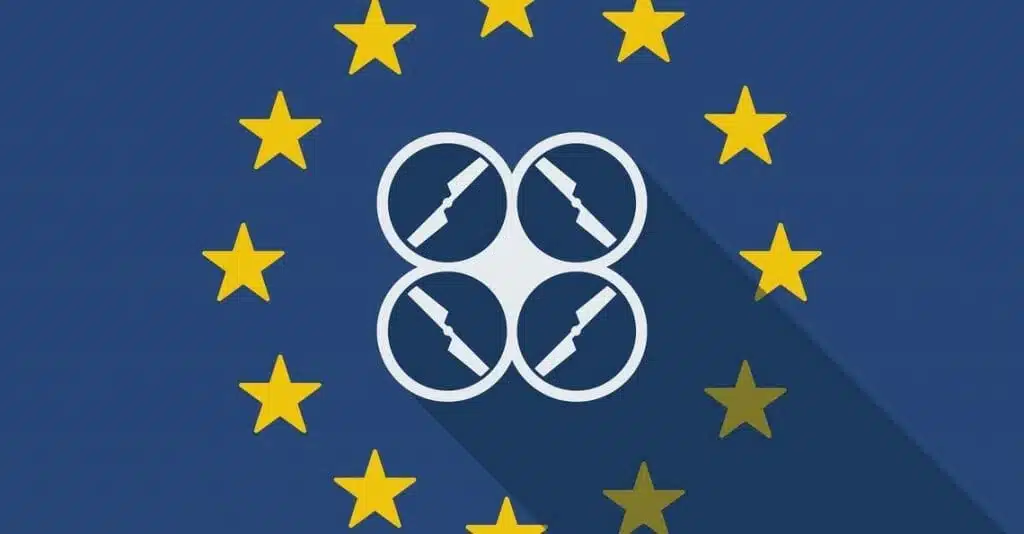
The European drone regulations are more based on the amount of risk the drone flight brings compared to the old regulations where it was all about commercial or recreational use. The new European drone regulations are based on different types of categories based on risk. These categories are divided into a few main categories, the OPEN category, the SPECIFIC category, and the CERTIFIED category. What used to be ROC drone users in the past in the Netherlands will now be operating in the SPECIFIC category. The OPEN category is more for recreational use, outside cities and crowded locations. The certified category is more based on big commercial uses like package delivery drones, drone taxis etc. To get your license to fly a drone in the OPEN category you could go to an online class for example at Drone Flight Academy. To fly in the SPECIFIC category you have to write your own operational manual which will be certified in the Netherlands by the IL&T when approved. This can take up to a year to go through the whole system.
As said, the open category is the drone category that will mostly be used for privately used drones, so non-commercial flights. To be able to fly your drone in this category you need to get your pilot certificate which is divided into three different levels for this category. Once you have it, and your drone is registered and insured you can fly in every European country! of course you do have to check local drone regulations, for example, are you not too close to an airport, are you allowed to fly at night, etc. Below you can read in which category you want to fly your drone to see what certificate you need.
Subcategory A1: This category is for drones between 250 and 900 grams and you are not allowed to fly over crowds.
Subcategory A2: this drone category is for drones between 900 grams up to 2KG or 4KG. The drone between 2KG and 4KG need to have a CE Quality mark. The weird thing is, we can’t tell you anything yet about these quality marks as they don’t exist yet and no one knows how exactly this will work in the future. The minimum distance you have to keep with your drone to people and objects (buildings etc) is 50 meters and future drones with a ‘slow speed’ more can fly near people up to 5 meters.
Subcategory A3: This category is for drones up to 25KG. This weight will bring more risk and therefore you have to keep a bigger distance from people and buildings. To be exact you have to keep a distance of 150 meters with your drone. This makes it almost impossible to fly anywhere but still, that’s where this category is for.
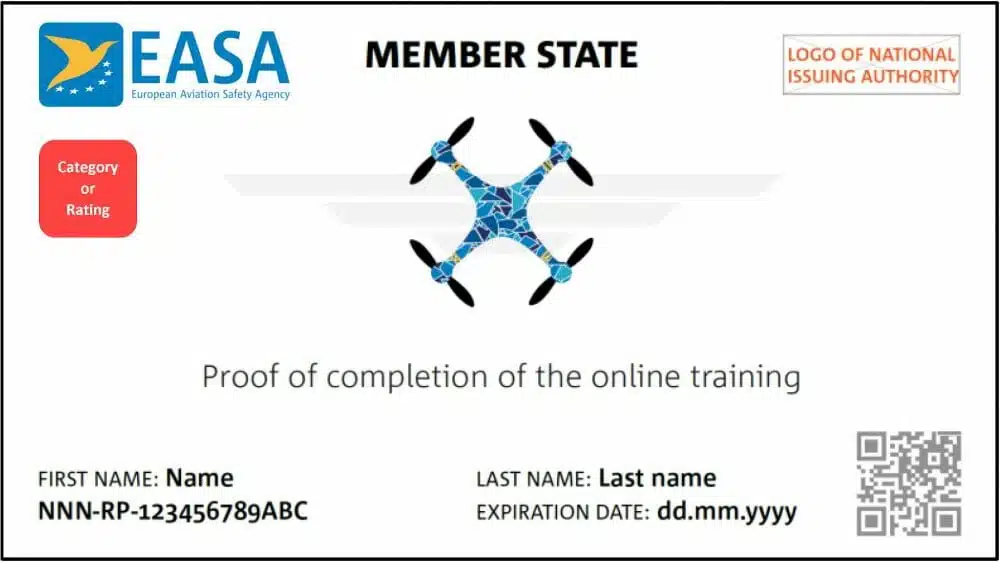
For drone flights that are not within the regulations of the OPEN category, we have the Specific category. This will mainly be drone flights that have a bigger risk to them, so bigger drones and closer to people and objects. The Specific category is also there for when you want to fly higher than 120 meters, during the night, outsight the visuals line of sight, when your drone is heavier than 25KG, or when you want to fly within cities or more close to airports. Pilots, mainly drone companies that want to fly these specific drone flights have to show that they are fully aware of the risks their drone flight has and show all the mitigating measures that are needed to minimize the risk. These mitigating measures and risks will have to be written down in a Drone operation manual which will have to approve by an official European ministry. Within the Specific category is three options regarding risk assesment.
STS: A drone flight that can be carried out within the Standard scenarios that come from the EASA or nation ministry. At the moment there are only a few STS scenarios but eventually, there will be many.
PDRA: Pre-Defined Risk assessment. This assessment is an individual risk assessment based on a single drone flight. The assessment has to be approved by the local ministry and is based on two elements. The GRC, ground Risk Assessment, and the ARC, Air Risk Assesment. Only after permission of the local ministry, the flight can be made.
SORA: Specific Operation Risk Assessment. This is a risk assessment based on the SAIL elements: Specific, Assurance, and Integrity Levels. These levels are dived from I to VI. Depending on the risk and each level the drone company has to set up an O.S.O, operation Safety Objective. This is a description of the risks and mitigating measures regarding the elements Pilot, Machine, and Organisation.
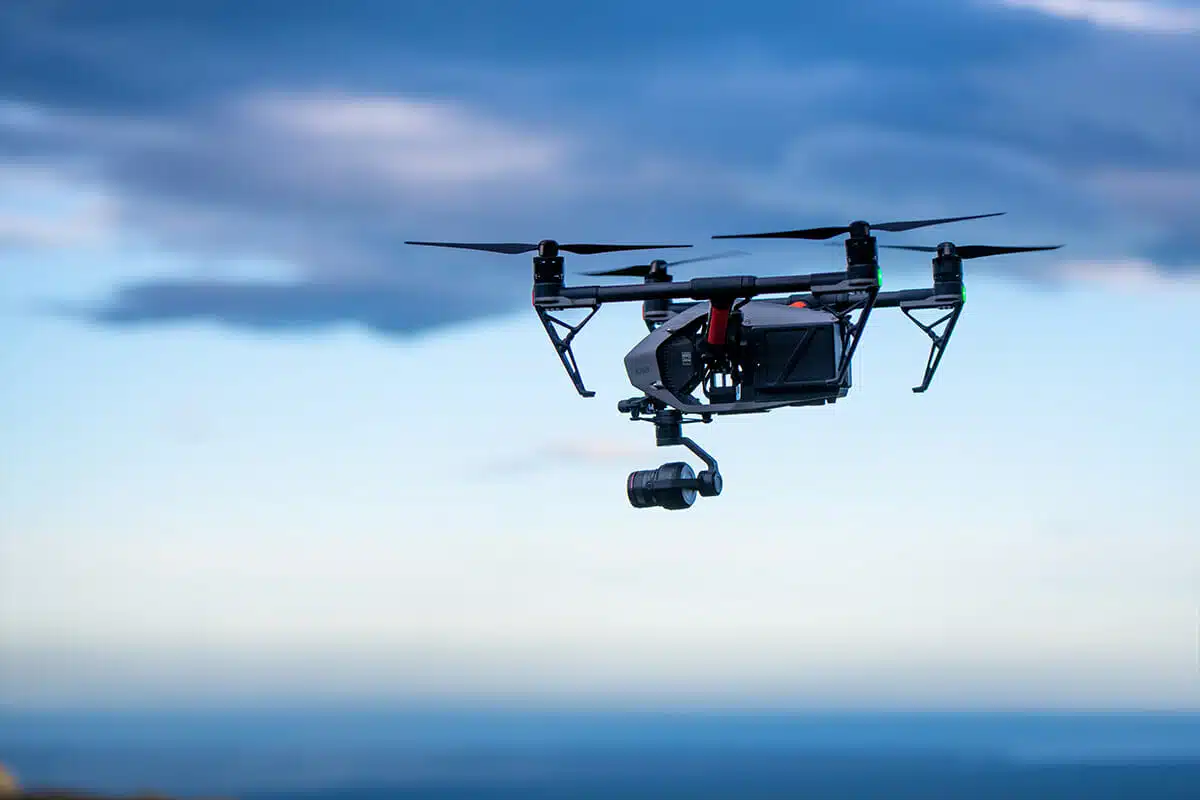
The so-called CTR zones are the airspaces in which it’s not allowed to fly a drone under any circumstances. On the map below you can see the Dutch CTR zones indicated by different colors. These colors indicate different reasons for why this specific airspace is a drone no-fly zone. For some of these zones, it’s possible to get dispensation to fly a drone, depending on the drone certificates you and your equipment has as a commercial company. In general, it can be said that the red areas are the CTR zones in which even dispensation is not possible. As you can see areas as Rotterdam and Amsterdam are clear no-fly zones for drones. This is because both cities are right next to an international airport. It also ha to do because of the number of people that live in the city and the consecutive buildings that are located everywhere. Another color that stands out is green. These are the Natura2000 areas and part of a European network of protected nature reserves. Beautiful areas in which it’s not allowed to fly a drone without official permission.
Another digital Dutch drone map to check the CTR zones is the GoDrone map. It’s not as up-to-date as the other map of the Dutch ministry but it gives more information about the reason for the CTR zone, the authority that handles that specific airspace, and therefore the one to contact and ask for official permission.
Dutch Airspace map: https://map.godrone.nl/
If you really want to zoom in on a specific area it’s best to have a look on the website of the Ministry itself. Check the link below:
For drones in the Specific category, drones have to carry a certification mark as part of the mitigating measures. These certifications are divided into levels with a C mark but as said before, it’s not clear how and when exactly these will come into play.
The year 2021 is a transition period from the old regulations to the new EASA regulations as in this year you can fly a drone both under the old and the new regulations. Adding to that that it’s not possible to mix the regulations. In 2022 the old regulations are not valid anymore and only the new EASA drone regulations are active.
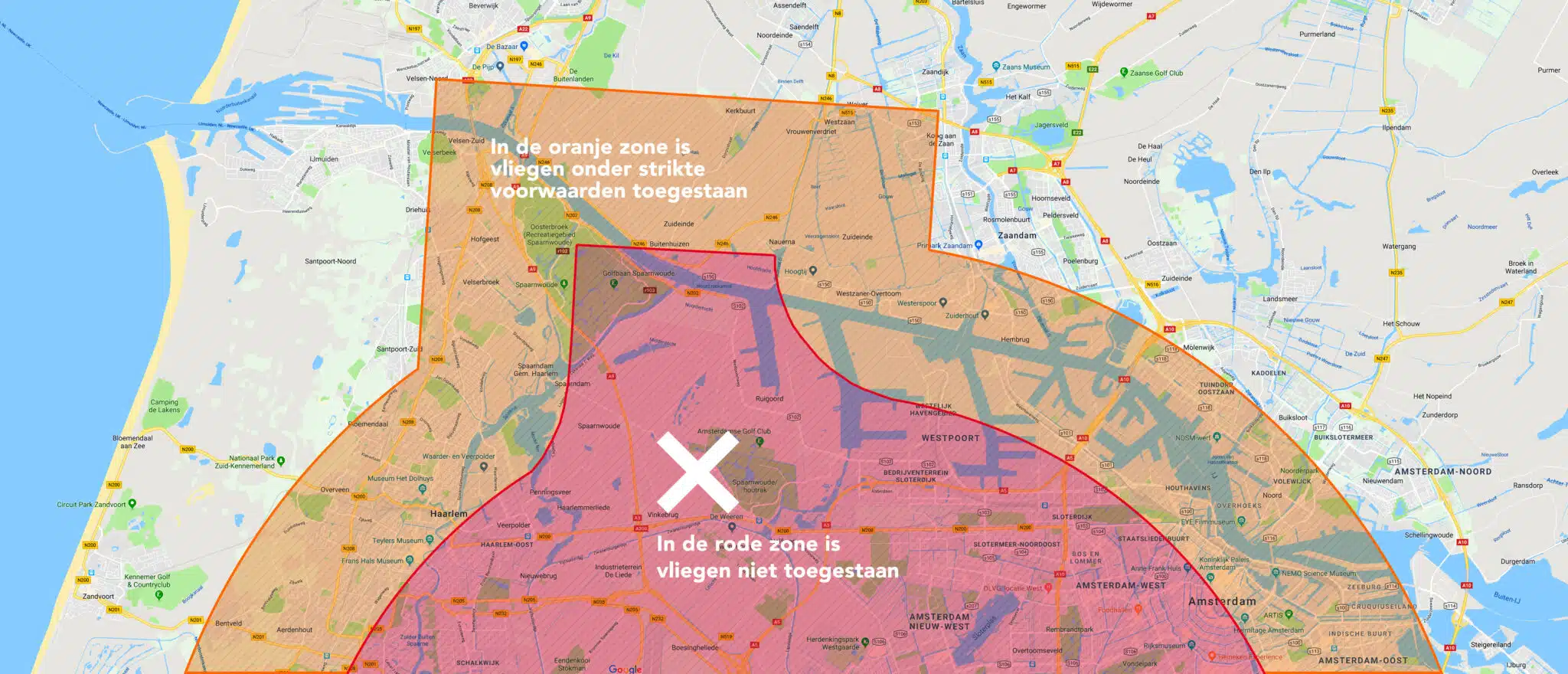
The basic difference between these two is clear. Commercial use of drones is when you make money flying drone. This can be the case when making aerial videos, pictures or when for example you perform industrial drone inspections. In general when you want to use a drone only for recreational use, you can just go to the store, buy one and take off! The only things you have to keep in mind is that the drone can’t be heavier than 4kg and you must follow the rules below:
When you want to use drones commercially there is a bit more to it than just buying the drone and taking off. As a commercial flying pilot you have to get an official certificate and also the drone itself must be fully certified. The certification of the pilot means you have to follow a course and make an exam to get your degree. This can be a course for ROC-Light or a ROC which depend on the amount of weight you want to fly as an official pilot. The ROC-Light is for drones up to 4kg and the ROC licence is for drones up to 150kg. You can write a whole blog about getting this degree which we will leave for others to write but I do want to tell you the financial difference in ROC-light vs the ROC course. For a Dutch ROC-Light certicate you have to calculate something like €1500. For the ROC course you have to invest something like €15.000! This also has to do with the drone itself that has to be officially tested so it can be registered and licensed.
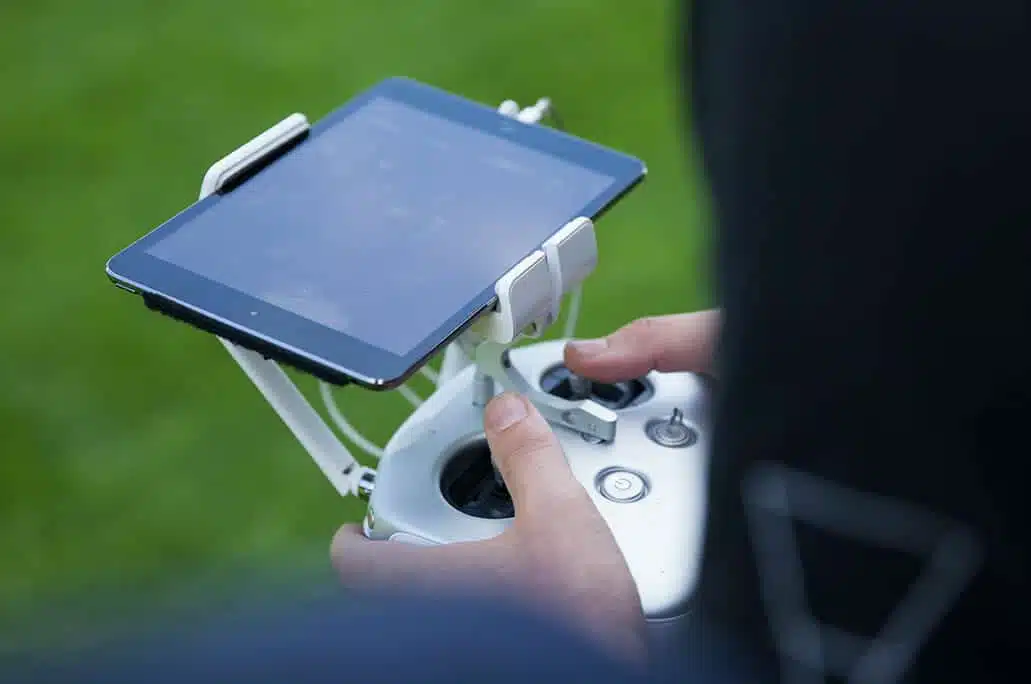

With all these laws and rules always comes uncertainties and exemptions. Although lot’s of people fly a drone and whole businesses are relying on drones in terms of legislation the whole drone phenomenon is relatively new. The result: errors, mistakes and uncertainties in the regulations. For example, as a recreational user, you have to keep a distance of 150 meters from people when flying a drone. This would mean that when taking off, the pilot has to be 150 meters away from the drone, not that safe right? Also, certain terms and concepts are unclear un the Dutch drone regulations. Like keeping a minimum distance of objects. What’s an object? isn’t everything? All these things make unclear laws for drone pilots but also for law enforcements.

As from 2020 there will be official European drone regulations. This will have its effects on the drone market, both for the recreational and commercial use of drones. It is know said that the new European drone regulations will be clear by the end of Q1, 2020. Half a year later the new laws have to be effective with a transition period of 2 years. It’s said that the new European Drone rules will be based on three new drone categories:
1. open category – a low-risk factor
2. specific category – a medium risk factor
3. certified category – a high risk factor
For updates, keep an eye on the following website: European Aviation Safety Agency

For more information about the Dutch drone regulations, it’s best to check the website of the IL&T. If you are searching for a Dutch commercial drone team you can contact us as well. We have contacts at the ministry and can check if we can get permission for specific flights. On our website, you can find more information about our fully certified pilots, drones and check the portfolio we have.
For the latest Dutch drone regulations, check: www.ilent.nl/onderwerpen/drones/nieuws
No rights can be derived from the information provided on this blog page. It’s definitely possible we made a typo or did not update this page fast enough so keep an eye on the official authority websites regarding Dutch drone regulations.